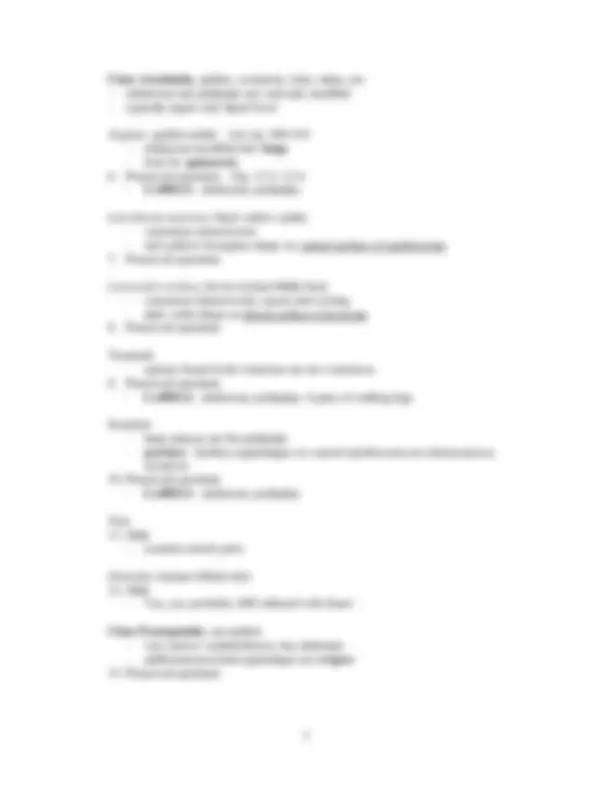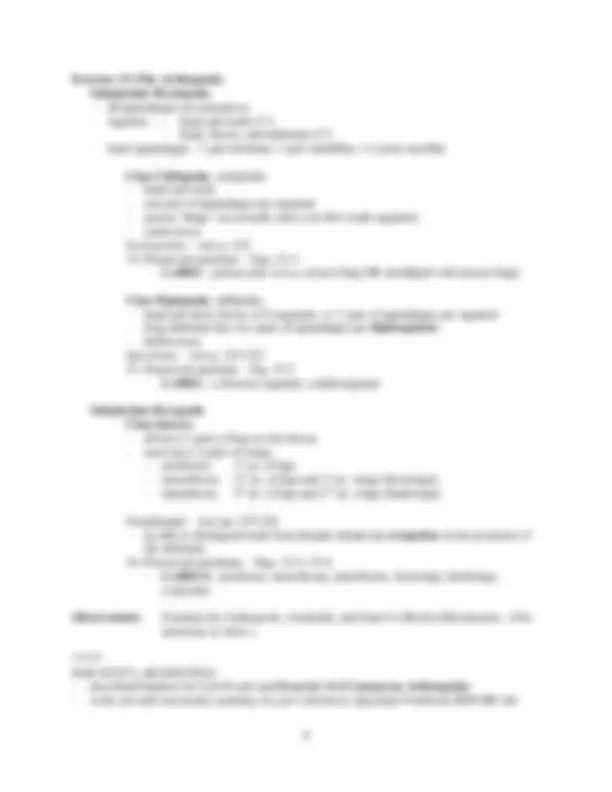




Study with the several resources on Docsity

Earn points by helping other students or get them with a premium plan


Prepare for your exams
Study with the several resources on Docsity

Earn points to download
Earn points by helping other students or get them with a premium plan
Community
Ask the community for help and clear up your study doubts
Discover the best universities in your country according to Docsity users
Free resources
Download our free guides on studying techniques, anxiety management strategies, and thesis advice from Docsity tutors
Material Type: Lab; Class: General Zoology; Subject: Biological Sciences; University: University of Southern Mississippi; Term: Unknown 1989;
Typology: Lab Reports
1 / 4

This page cannot be seen from the preview
Don't miss anything!



BSC 201L (14e, rev.) Lab #7: Small Ecdysozoa, Chelicerate Arthropods AND Arthropoda
Additional Ecdysozoan Specimens (in the Panarthropoda) NOT IN LAB MANUAL
Things to know for these specimens: Be able to identify all characteristic appendages for each group. Fresh water, marine water, or terrestrial? Structures and their functions
Phylum Onychophora
Phylum Tardigrada
Use the text and figures in Exercise 13 (The Chelicerate Arthropods) and Exercise 15 (The Arthropods) to aid your study of the prepared slides and preserved specimens; examine the additional specimens as indicated.
Things to know for Phylum Arthropoda: Be able to identify all tagmata and all characteristic appendages for each group. Be able to distinguish males from females. Fresh water, marine water, or terrestrial? Structures and their functions
Phylum Arthropoda
Exercise 13 (The Chelicerate Arthropods) Subphylum Trilobita (all members extinct)
Subphylum Chelicerata
Class Merostomata, horseshoe crabs
Limulus polyphemus , American horseshoe crab – text pp. 206-
Observation : Exuviae (shed exoskeleton) of Limulus – No drawing is required.
Exercise 15 (The Arthropods) Subphylum Myriopoda
Class Chilopoda , centipedes
Class Diplopoda , millipedes
Subphylum Hexapoda Class Insecta
Grasshopper – text pp. 225-
Observations : Examine the Arthropods, Arachnids, and Insect Collection Biosmounts. (Not necessary to draw.)
FOR NEXT LAB MEETING: